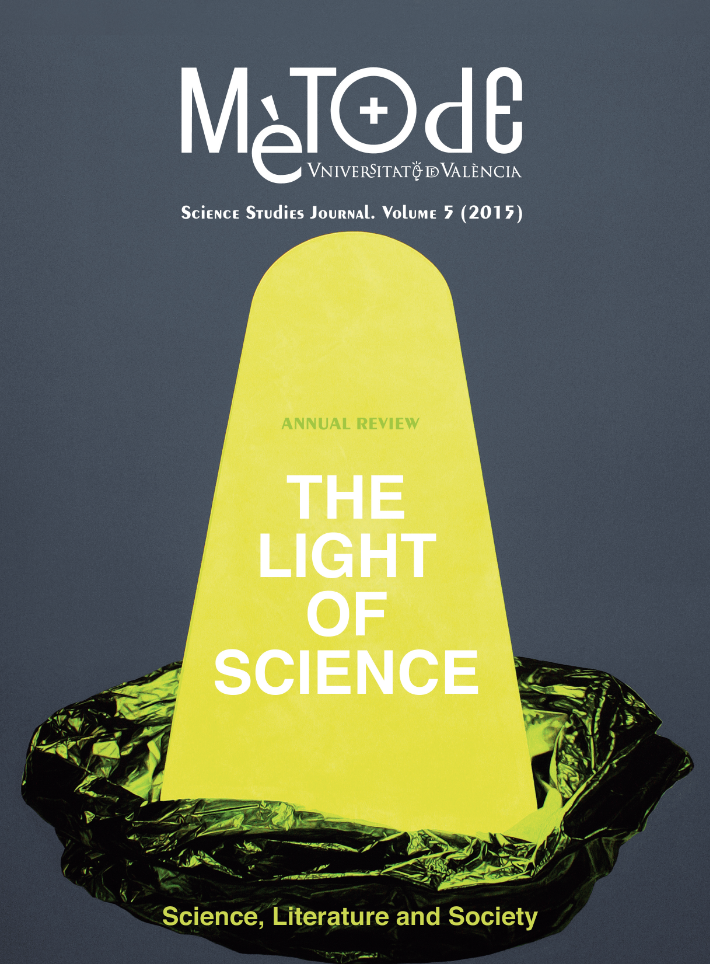Should I leave or should I stay? Understanding dispersal behaviour.
DOI:
https://doi.org/10.7203/metode.0.3147Keywords:
habitat quality, competition, inbreeding, dispersal, fitness, gene flow Abstract
Abstract
Many factors influence dispersal decisions, and studying these factors can reveal the causes and determinants of dispersal. Animals leave their birthplace to solve three fundamental problems: habitat deterioration, competition, and risk of inbreeding. However, animals only disperse once they are physically fit enough to reach and settle in the new location successfully. The dispersal process has three phases: departure from the natal area; transition (displacement); and settlement in the new habitat. Animals face different decisions in each of these phases.
 Downloads
Downloads
 References
References
Belliure, J. and J. Clobert, 2004. «Behavioral Sensitivity to Corticosterone in Juveniles of The Wall Lizard». Physiology and Behavior, 81: 121-127. DOI: <10.1016/j.physbeh.2004.01.008>.
Clobert, J.; Danchin, E.; Dhondt, A. A. and J. D. Nichols (eds.), 2001. Dispersal. Oxford University Press. Oxford.
Cockburn, A.; Scott, M. P. and D. J. Scotts, 1985. «Inbreeding Avoidance and Male-Biased Natal Dispersal in Antechinus spp. (Marsupialia: Dasyuridae)». Animal Behaviour, 33(3): 908-915. DOI: <10.1016/S0003-3472(85)80025-7>.
O’Riain, M. J.; Jarvis, J. U. M. and C. G. Faulkes, 1996. «A Dispersive Morph in the Naked Mole-rat». Nature, 380: 619-621. DOI: <10.1038/380619a0>.
Weisser, W. W; Braendle, C. and N. Minoretti, 1999. «Predator-induced Morphological Shift in the Pea Aphid». Proceedings of the Royal Society London, B 266: 1175-1181. DOI: <10.1098/rspb.1999.0760>.
Downloads
Published
How to Cite
-
Abstract748
-
PDF (Català)334
-
PDF (Español)10713
-
PDF93
Issue
Section
License
![]()
All the documents in the OJS platform are open access and property of their respective authors.
Authors publishing in the journal agree to the following terms:
- Authors keep the rights and guarantee Metode Science Studies Journal the right to be the first publication of the document, licensed under a Creative Commons Attribution-NonCommercial-NoDerivatives 4.0 International License that allows others to share the work with an acknowledgement of authorship and publication in the journal.
- Authors are allowed and encouraged to spread their work through electronic means using personal or institutional websites (institutional open archives, personal websites or professional and academic networks profiles) once the text has been published.





